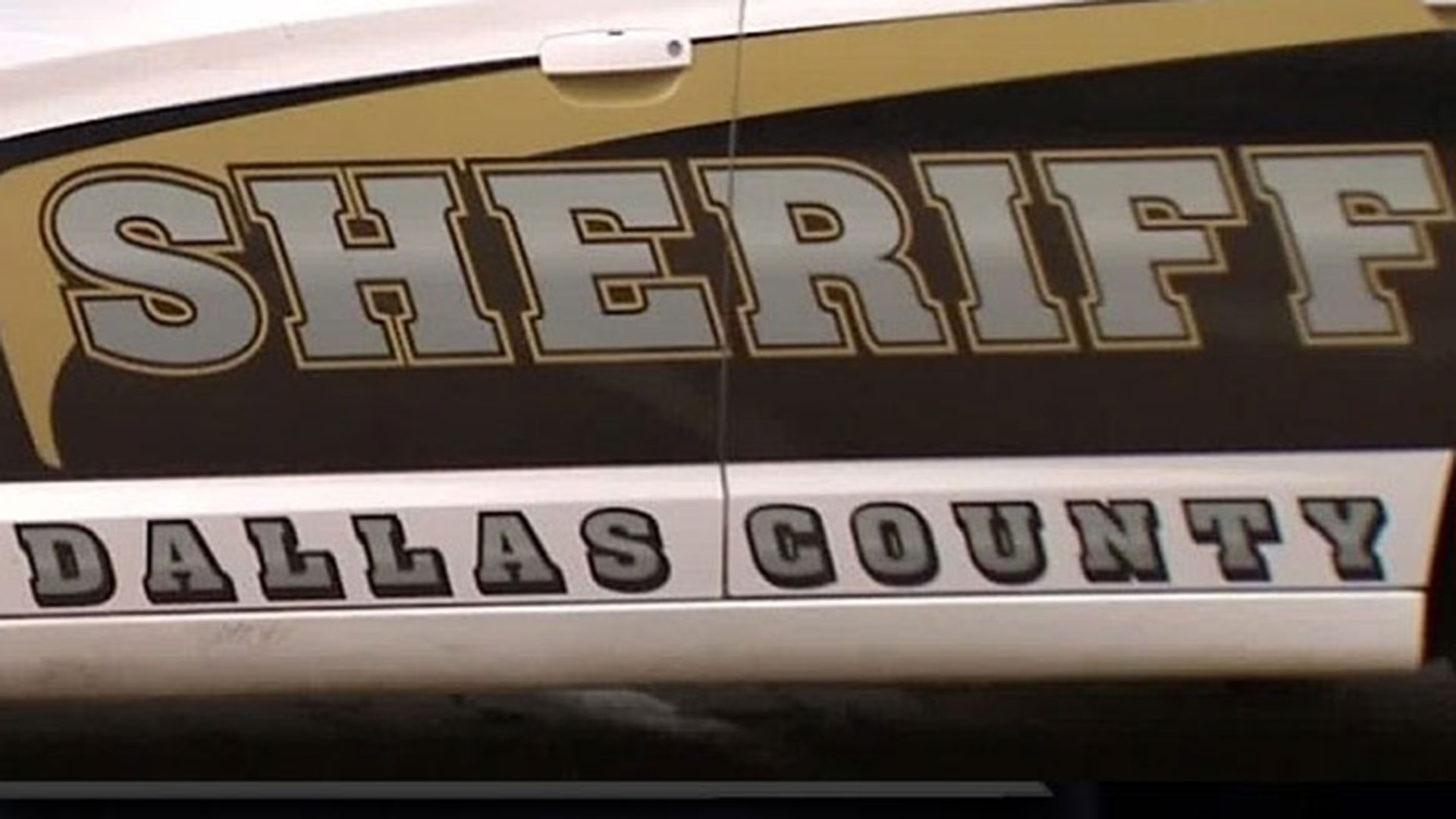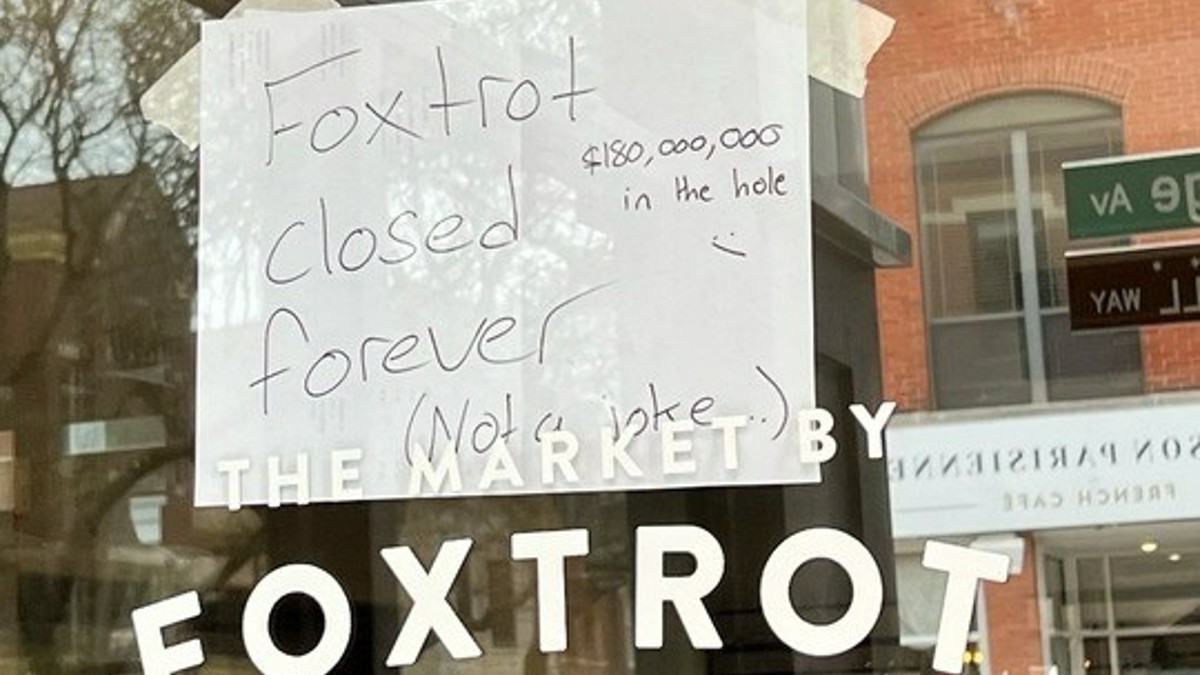Traffic is a way of life most days in fast-growing North Texas, which is why cities are looking to high-tech solutions to get cars moving. This week, Plano announced it will share information about upcoming construction projects and road closures with the traffic navigation app, Waze. In exchange, Waze is sharing user data with Plano.
The city’s Traffic Management Center, or TMC, already uses a network of cameras and censors to monitor 235 intersections across the city and change the timing of the green and red lights to combat congestion.
“We are able to change signal timing from the TMC so if an accident occurs out there or a storm comes in, we’re able to modify it or adjust the signal timing to keep the traffic moving,” said Plano’s Senior Traffic Engineer Rama Dhanikonda.
If there’s a wreck on Highway 75, engineers can see traffic coming through detours in downtown Plano and adjust the signal timing to keep intersections as open as possible.
But the views from the TMC can be expanded with data from Waze, says Dhanikonda.
The app uses crowd-sourced information from users to monitor driver speeds and determine where traffic is backing up. The app uses the information to help navigate users around problems. Users can also report obstacles in the road, potholes and wrecks.
“If a driver sees an object on the road or a vehicle stopped on the shoulder, he can report that to Waze and other users behind him get a notification,” explained Dhanikonda.
Local
The latest news from around North Texas.
That data is now available to Plano.
Other cities are using similar agreements to inform its traffic management systems.
In Frisco, Brian Moen, the city’s assistant director of engineering says Waze can help pinpoint the location of wrecks when 911 callers aren’t sure of the exact address or intersection.
“We can get the response there as quickly as possible to get people the help that they need but also getting that incident off the roadway to keep the system reliable,” said Moen.
The data Waze can offer is extensive, says Dhanikonda. So, the city is currently developing an application to interpret the data stream and convert the Waze user experience on the roads into information the city can use to improve traffic flow.
Plano says the Waze user data is anonymous and can also be used to inform decisions on infrastructure improvements.
“It we see a lot of congestion, repeated congestion, recurring congestion that tells policy makers yeah, there’s some repeating issue there,” said Dhanikonda. “Maybe we should do something else, a bypass route or establish another connection for drivers to use.”
Waze data offers another tool as Collin County communities grow fast, said Dhanikonda.
Traffic engineers in the city say the number of traffic signals has doubled to keep up with demand in the last 20 years. Engineers estimate as many as five billion vehicles travel through Plano city streets every year.
While Waze doesn’t charge cities for the data, there is a cost for cities to manage the information and use it.
The Regional Transportation Council of the North Central Texas Council of Governments is awarding cities grant money for Waze data sharing and traffic signal data sharing programs. Traffic signal data sharing involves facilitating communication with certain “connected vehicles” to improve traffic flow. Vehicles may get a countdown to a green light that is displayed in the dashboard for drivers or instant traffic information.
In June, NCTCOG says it gave Plano $25,000 to explore Waze data sharing and $22,000 towards a future traffic signal data sharing program. Over two years, the city has been awarded a total of $97,000.
NCTCOG recently gave similar grants to Frisco and McKinney. It’s also awarded money for smart traffic technology programs to Lewisville, Denton, Arlington, Cedar Hill and Burleson last month to encourage cities to look at new traffic solutions in North Texas.
“A lot of work goes into it and we’re trying our best to keep things moving as fast as possible,” said Dhanikonda.



